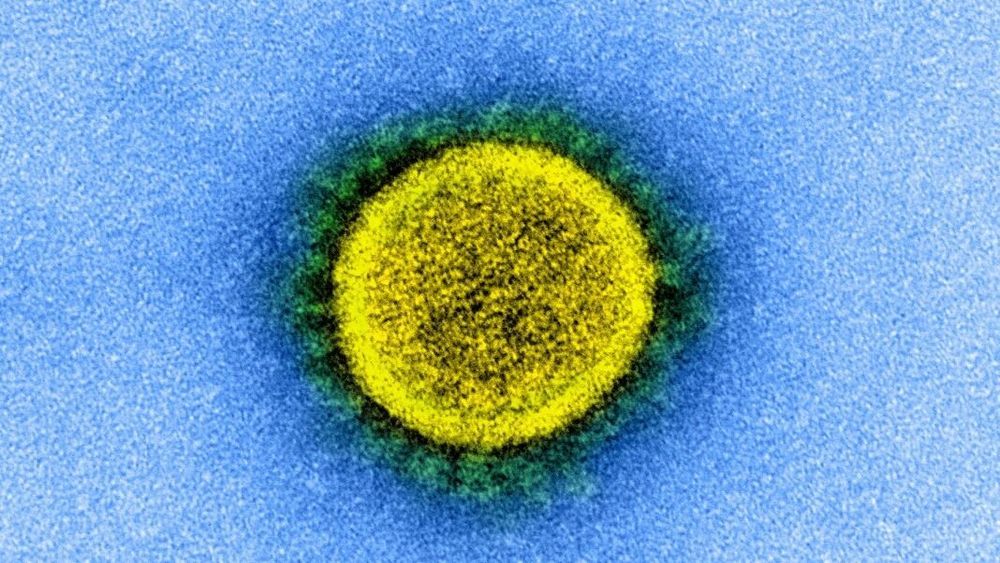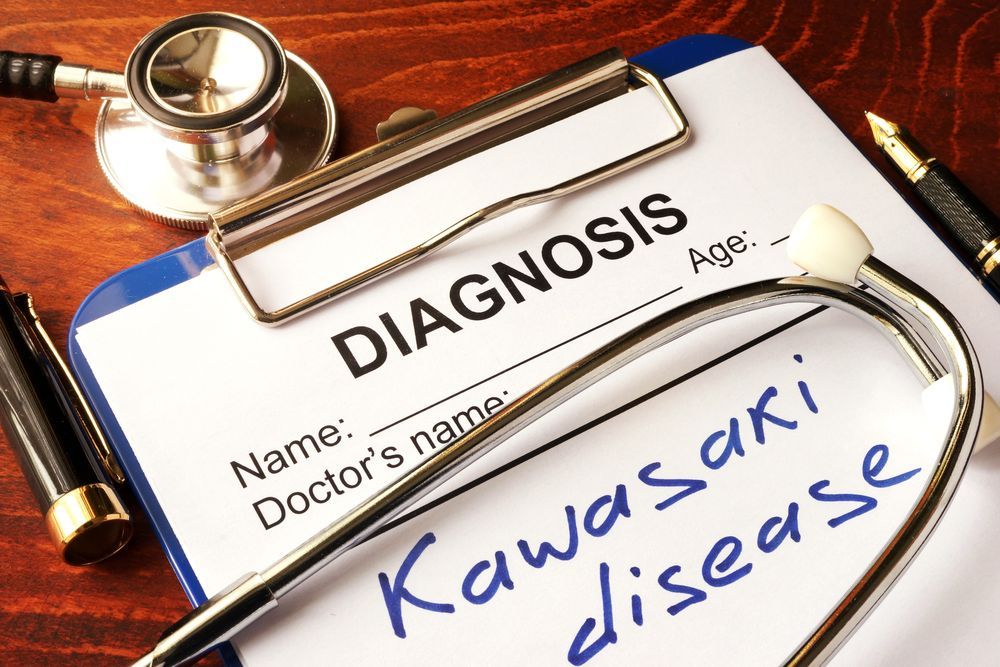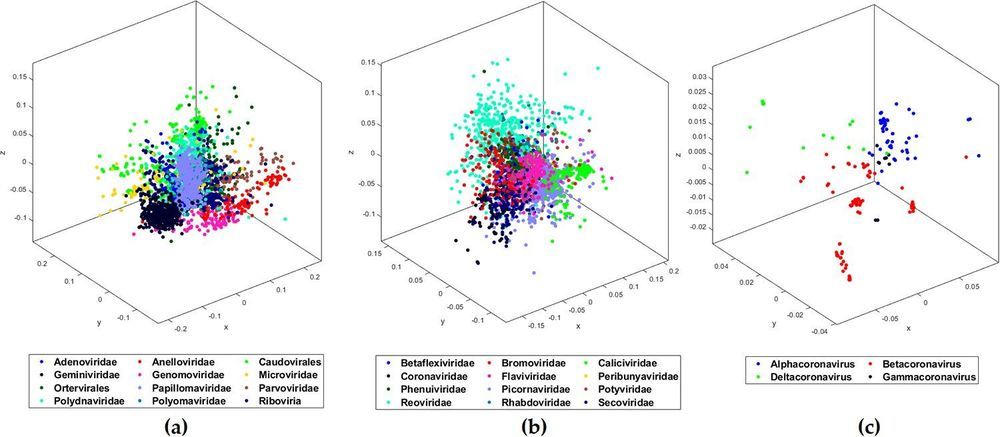Cosmic ray observatory prepares for its next decade of operations.



An interesting article from Australia.
Australia is in an unusual situation, being at once potentially extremely self-reliant and in practice extremely vulnerable to disruptions in international trade.
Whereas disruptions could come from any one of many types of natural disasters or due to politics, I am glad to see that the Australians are seriously considering what it would require to maintain their civilization in the face of disruptions.
Only two or three generations ago most people were more or less self-reliant, and could have continued for years if trade had been cut off with discomfort but no serious threat to civilization itself. Regional scale natural disasters are not so uncommon that we shouldn’t expect at least one every few centuries, yet it seems our global civilization has somehow sleepwalked its way into a state of fragility in which a moderate disruption can threaten civilization everywhere.
I am glad that Australia is looking into ways to maintain essential services in the event of such disruptions, but hope they can resist the urge for heavy-handed central control which creates more problems than it solves. I expect and hope that governments all around the world are currently examining their own vulnerabilities and considering how to mitigate them.
We might be thankful for the current pandemic exposing these vulnerabilities in a way that does not seriously threaten civilization itself. Hopefully we will all learn from it.
Ira Pastor, ideaXme life sciences ambassador, interviews Dr. Stanley Plotkin, Professor Emeritus at both Wistar Institute and the University of Pennsylvania and consultant to the vaccine industry.
Ira Pastor Comments:
So as we sit here a few months into the global covid-19 pandemic, one big question on everyone’s mind is when will we see the first mass produced vaccine against this current strain, especially as it looks like in the United States there will be some loosening of quarantine / “shelter in place” rules in the to re-start the economy.
Dr. Stanley Plotkin is an American physician, scientist, and scholar, in many circles referred to as the Godfather of Vaccines”, who in the 1960s, while working at Wistar Institute in Philadelphia, played a pivotal role in discovery of a vaccine against Rubella virus (also known as German measles or three-day measles), which is now used worldwide (as a key component of the MMR vaccine — a combination vaccine also that protects against measles and mumps) and has worked extensively on the development and application of a wide range of other vaccines including polio, rabies, varicella, rotavirus and cytomegalovirus.
Dr. Plotkin graduated from New York University in 1952 and obtained a medical degree at Downstate Medical Center in Brooklyn. He was a resident in pediatrics at the Children’s Hospital of Philadelphia and at the Hospital for Sick Children in London.

Scientists have — for the first time — shown how chemical triggers in the nervous system can amplify the pain experienced by mammals in response to certain stimuli.
The pain system probably evolved to alert them to life-threatening dangers. As they approach objects that are extremely hot or cold or are biting them, they experience intense pain — allowing them to get out of harm’s way.
But in certain diseases, that defence mechanism malfunctions and rather than providing a short, sharp shock — it produces long-term, chronic pain, seen with some conditions affecting humans such as neuropathies, arthritic pains or migraines.

With the curve finally flattening in the US, the ramping up of anti-viral and vaccine trials against SARS-CoV-2—the virus that causes Covid-19—and the launch of antibody tests to screen for previous infection, it seems like science is rapidly moving towards the end game. How exactly the Covid-19 pandemic will finally bugger off into history is still anyone’s guess, but virologists and public health experts generally agree that immunity is key—either through widespread safe and effective vaccination, or when enough of our population has recovered from infections and gained herd immunity.
Well. That’s the hand-waving, shruggie emoji, “eh who knows” short answer.
Like most processes in biology, immunity to SARS-CoV-2 is complex and mysterious, with results that could rapidly diverge into many possible futures. It’s partly why estimates of how long Covid-19 sticks around to wreak havoc can vary enormously, from months to years to…well, seasonal and forever, similar to the flu.

A full payout for Musk, who is also the majority owner and CEO of the SpaceX rocket maker, would surpass anything previously granted to US executives.
When Tesla unveiled Musk’s package in 2018, it said he could theoretically reap as much as $US55.8 billion if no new shares were issued. However, Tesla has since issued shares to compensate employees, and last year it sold $US2.7 billion in shares and convertible bonds.
The potential payout for Musk comes after Tesla said this month it would furlough all non-essential workers and implement salary cuts during a shutdown of its US production facilities because of the coronavirus outbreak. The pandemic has slashed US demand for cars and forced several other automakers to also furlough US workers.
How to read a popular chart of coronavirus cases by country.
Support Vox by joining the Video Lab at http://vox.com/join or making a one-time contribution: http://vox.com/contribute
Much of the data about the coronavirus epidemic and covid-19 is flawed. It is collected and reported in different ways by different countries, and almost certainly undercounts the number of cases and deaths. But organizations and journalists still need to report the available data to inform the public and help guide policymakers. Much of that data ends up in visualizations, like charts and maps, which can make it easier to understand and analyze.
But it’s important to know how the process of data visualization can shape our perception of the crisis. In this video, we deconstruct one particularly popular chart of covid-19 cases around the world which uses a logarithmic scale, and explain how to avoid being misled by it.
Sources:
https://ourworldindata.org/coronavirus#all-charts-preview
http://91-divoc.com/pages/covid-visualization/
Tweets by jburnmurdoch
https://medium.com/@mettlinger/a-different-covid-19-graph-up…f04b90c4e3
https://www.vox.com/policy-and-politics/2020/3/13/21178289/c…-hong-kong
https://coronavirus.jhu.edu/map.html
About the Covid-19 coronavirus pandemic at http://vox.com/coronavirus
Dr. Jason Williams discusses his decision to administer follistatin gene therapy, a myostatin inhibitor, to himself in 2015.
Visit Integrated Health Systems to learn more about follistatin gene therapy.


Using machine learning, a team of Western computer scientists and biologists have identified an underlying genomic signature for 29 different COVID-19 DNA sequences.
This new data discovery tool will allow researchers to quickly and easily classify a deadly virus like COVID-19 in just minutes—a process and pace of high importance for strategic planning and mobilizing medical needs during a pandemic.
The study also supports the scientific hypothesis that COVID-19 (SARS-CoV-2) has its origin in bats as Sarbecovirus, a subgroup of Betacoronavirus.